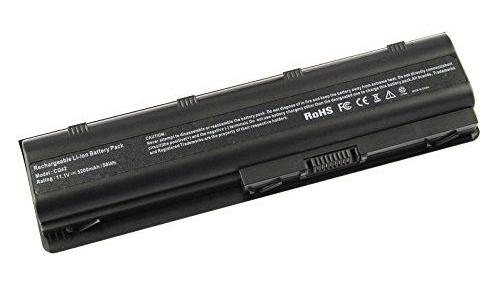Laptop Battery Life: What Affects It, and How to Maximize Yours

Battery life is one of the most important—and often misunderstood—features of any laptop. Manufacturers might advertise “up to 18 hours” of use, but real-world results often tell a different story. So what actually affects how long your battery lasts, and what can you do to improve it?
This guide explains the key factors that influence battery life and offers practical tips to get the most out of your laptop between charges.
What Determines Battery Life?
Several components and habits affect how quickly your laptop drains its battery. Understanding these can help you choose the right laptop and use it more efficiently.
1. Screen Brightness
Your screen is one of the biggest power consumers in a laptop. Running it at full brightness can cut your battery life significantly. High-resolution panels (like 4K displays) or OLED screens also use more power than standard Full HD displays.
2. Processor Type
The CPU plays a huge role in battery consumption. High-performance processors (especially Intel H-series or AMD HX-series chips) are designed for speed, not efficiency. On the other hand, lower-wattage chips like Intel’s U-series or Apple’s M-series are optimized for longer battery life.
3. Background Processes
Even if you’re not actively using an app, it may still be running in the background. Cloud sync tools, update services, and messaging apps all use system resources, draining power quietly. Having too many tabs open in a browser can also put strain on RAM and CPU.
4. Graphics Card
Dedicated GPUs, especially those used for gaming or 3D rendering, consume a lot of power—even when idle. If your laptop has a discrete GPU, make sure it’s not running unnecessarily when you’re on battery power.
5. Connectivity and Peripherals
Bluetooth, Wi-Fi, and external devices like USB drives or connected phones can draw additional power. Even keeping Wi-Fi on when you’re not using the internet can reduce battery life slightly.
6. Operating System and Power Settings
The way your OS manages power has a huge impact. Windows, macOS, and Linux all have different default settings that affect screen timeout, sleep behavior, background app control, and more.
How to Improve Your Laptop’s Battery Life
While you can’t change the hardware once you’ve bought the laptop, you can make small changes to get better mileage from your battery.
Adjust Screen Settings
- Lower brightness to a comfortable minimum.
- Reduce screen resolution if possible, especially on high-DPI displays.
- Use dark mode, which helps especially on OLED screens.
Manage Power Settings
- On Windows: Use “Battery Saver” or create a custom power plan that limits performance.
- On macOS: Enable “Low Power Mode” under battery preferences.
- Turn off keyboard backlighting when not needed.
Close Unnecessary Programs
- Quit apps you aren’t actively using.
- Disable startup programs that run in the background.
- Use Task Manager (Windows) or Activity Monitor (Mac) to identify resource hogs.
Disable Unused Features
- Turn off Bluetooth and Wi-Fi when not in use.
- Eject external drives or peripherals you’re not actively using.
- Pause cloud sync tools (like OneDrive or Dropbox) when on the go.
Keep Your Software Updated
- Firmware, driver, and OS updates often include optimizations for battery life.
- Update your browser and productivity apps regularly—old versions may be less efficient.
Use a Lighter Browser or Fewer Tabs
- Browsers like Chrome are known for high memory usage.
- Consider alternatives like Microsoft Edge, Safari, or Firefox, or use reader modes and tab suspension extensions.
Should You Leave Your Laptop Plugged In?
Modern laptops have smarter battery management systems than older ones. Leaving your laptop plugged in all the time isn’t as harmful as it used to be—but it can still generate heat, which slowly wears down the battery over time.
If you use your laptop mostly on a desk:
- Keep it plugged in, but take it off power now and then to let the battery cycle.
- On some systems (like Lenovo or Dell), use built-in battery management software to cap charging at 80–90% to preserve battery health.
Final Thoughts
Battery life depends on more than just the size of the battery itself—it’s a balancing act between hardware, software, and how you use the machine. While some laptops are built for endurance and others for raw power, almost every user can benefit from adjusting a few settings and habits.
The key to long battery life is awareness. If you know what’s using your power, you can start to take it back—hour by hour, charge by charge.